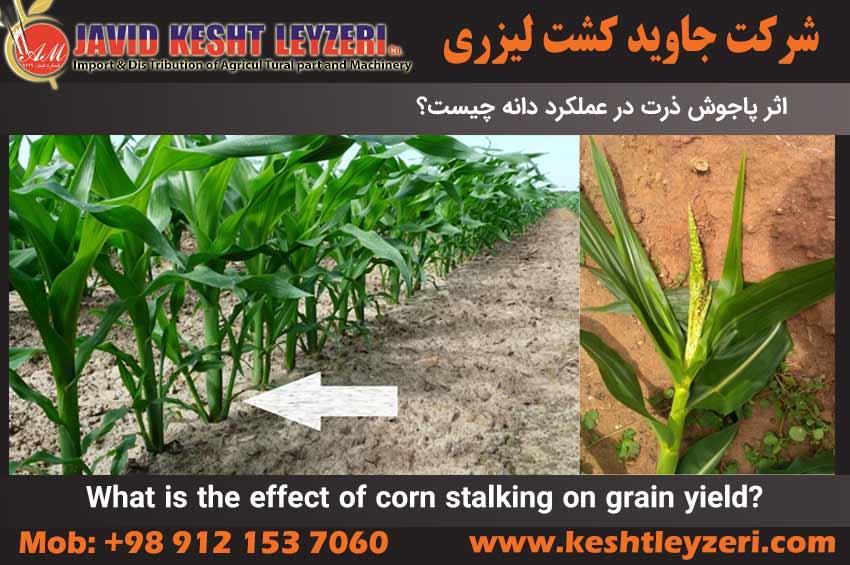- 06 Dec 2025
- 139
Komel Forage Packaging Machines with 50 to 1500 kg Capacity
Komel forage packaging machines are advanced, fully automated solutions, recognized as reliable and efficient systems for packaging a wide range of forage and materials. These machines are capable of packaging the following materials: Corn silage Fresh alfalfa Sugar beet pulp Triticale Green barley Green wheat Apple pulp Cornmeal Wet corn kernels Tomato pulp Shredded plastic waste Carpet and rug scraps Equipped with an advanced compression system, stretch wrapping units, and fully electronic automatic control, these machines ensure high-quality packaging while preserving the properties of the materials. Komel machines are designed in various bale sizes, from 50 to 1500 kg, to meet the diverse needs of farmers, agricultural processing units, and even recycling centers. This range of capacities provides optimal utilization and high flexibility. With durable construction and efficient performance, these machines enable proper storage, transport
- 06 Dec 2025
- 139
Komel Forage Packaging Machines with 50 to 1500 kg Capacity
Komel forage packaging machines are advanced, fully automated solutions, recognized as reliable and efficient systems for packaging a wide range of forage and materials. These machines are capable of packaging the following materials: Corn silage Fresh alfalfa Sugar beet pulp Triticale Green barley Green wheat Apple pulp Cornmeal Wet corn kernels Tomato pulp Shredded plastic waste Carpet and rug scraps Equipped with an advanced compression system, stretch wrapping units, and fully electronic automatic control, these machines ensure high-quality packaging while preserving the properties of the materials. Komel machines are designed in various bale sizes, from 50 to 1500 kg, to meet the diverse needs of farmers, agricultural processing units, and even recycling centers. This range of capacities provides optimal utilization and high flexibility. With durable construction and efficient performance, these machines enable proper storage, transport
- 06 Dec 2025
- 91
Special Promotion Launched for Komel Fully Automatic Forage Packaging Machines
Javid Kesht Leyzeri Company, the exclusive representative of Komel Turkey, has launched a special promotion for Komel forage packaging machines. These fully automatic, advanced machines can package various types of forage, corn silage, wet alfalfa, pulp materials, and even shredded plastic and carpet waste, offered in capacities ranging from 50 to 1500 kg.
- 14 Nov 2023
- 1585
What is the effect of corn stalking on grain yield?
The effect of corn blight on grain yield depends on several factors, including weather conditions, nutrient sources, and proper plant maintenance. However, it is estimated that the maize pajosh has the greatest effect on the growth and fitness of the seeds. Some of the benefits of corn starch include increased number of kernels, increased kernel volume, and increased kernel oil content. In addition, corn stalks can help reduce the negative effects of weather conditions, including drought and high temperatures. Also, the genetic mutation that leads to corn rust can increase corn's resistance to pests and diseases, thus having a positive effect on grain yield. In general, corn cob can help to improve grain yield and biomass efficiency of this plant.
- 10 Feb 2023
- 2964
Fodder packing machine - silage of all types of fodder - special sale - cash and installments
Special sale of fodder packing machine All types of animal fodder silage - corn fodder silage - beet fodder silage - alfalfa fodder silage Javed Kesht Laser Company cash and installments
- 10 Feb 2023
- 2964
Fodder packing machine - silage of all types of fodder - special sale - cash and installments
Special sale of fodder packing machine All types of animal fodder silage - corn fodder silage - beet fodder silage - alfalfa fodder silage Javed Kesht Laser Company cash and installments
- 01 Jan 2023
- 1441
Delivery and commissioning of 100 kg fodder packaging machine Komel - Kazeron, Narjeszar village
Delivery and commissioning of Komel 100 kg fodder packing machine Narjes Zar village, Kazeroon city, Fars province Dated 09/26/1401, Mr. Vahid Shafi'i
- 06 Jul 2022
- 2888
How to Make Silage
Preserving feed for livestock doesn't always mean putting up sun-dried hay. Silage is also made as a chopped, fermented feed source, primarily from annual crops like corn, barley, sorghum, oats, millet, and occasionally canola and wheat. Silage is made by packing the chopped crop into a "pit" and packing it down well so that any oxygen pockets are eliminated. Oxygen pockets encourage spoilage of the feed. Silage and haylage can be interchangeable, especially since haylage or baleage involves the same process of ensiling to preserve feed for livestock. However, silage more relates to annual crops than perennial forages. How to make silage is described in the steps below.






